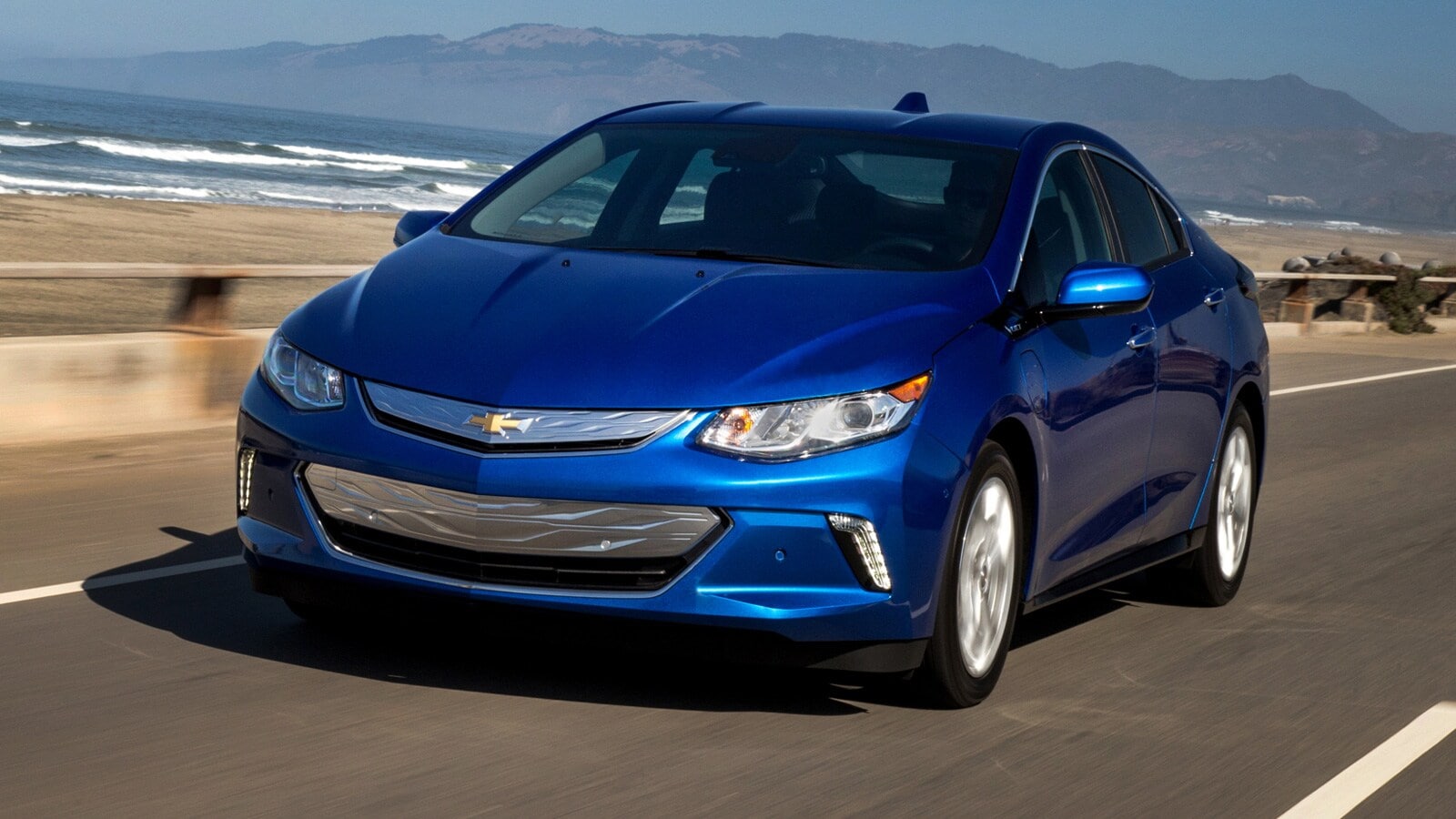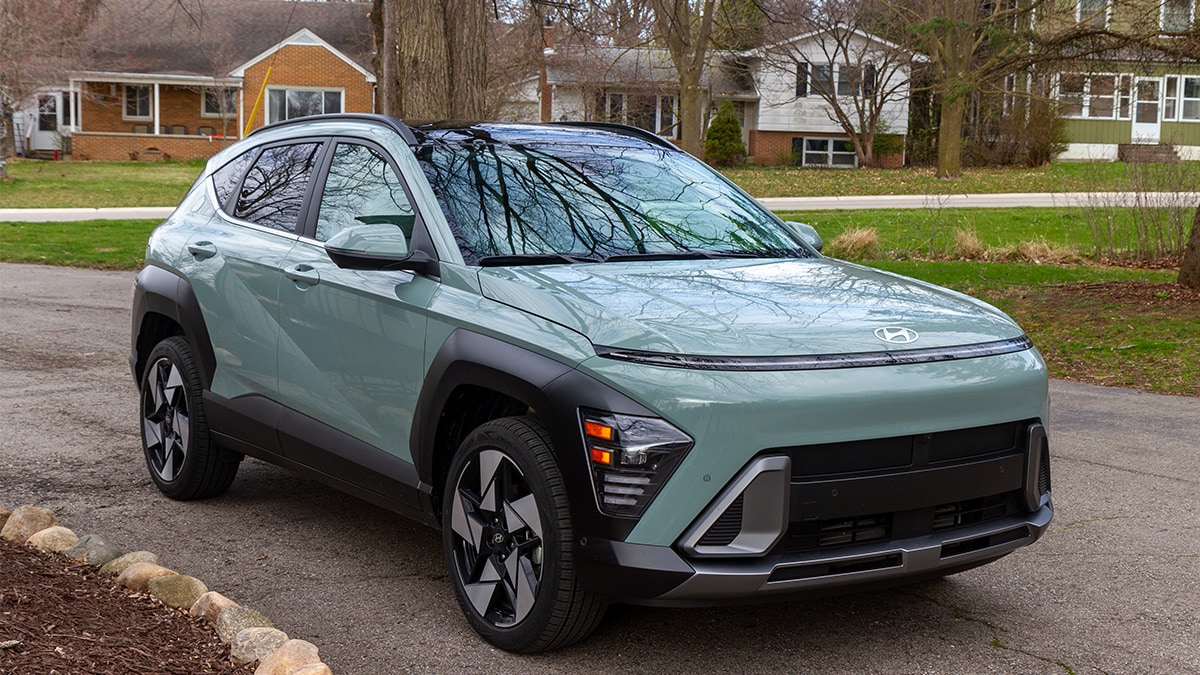There’s something remarkable missing from the General Motors lineup. America’s largest automaker makes plenty of gas-powered vehicles and an increasing number of electric vehicles (EVs). But it has only one hybrid model in its lineup. And that one — the Corvette E-Ray — isn’t exactly a practical solution for Americans looking to save money on gas with the family car.
That’s about to change.
CEO Mary Barra told investors Tuesday, “Our forward plans include bringing our plug-in hybrid technology to select vehicles in North America.” In a call to discuss the company’s fourth-quarter earnings, Barra said the company remains committed to a long-term switch to EVs.
“But in the interim, deploying plug-in technology in strategic segments will deliver some of the environmental benefits of EVs as the nation continues to build its charging infrastructure.”
EV Publicity Helped Hybrid Sales
That’s the same calculation many car shoppers have made recently.
As America slowly moves toward more EV infrastructure, hybrid car sales have surged. Many Americans find hybrids a perfect in-between solution. Buying a hybrid lets them save at the pump and lessen their dependence on gasoline, but doesn’t leave them at the mercy of inadequate EV infrastructure.
Plug-in hybrids (PHEVs) are a slightly different technology than better-known conventional hybrids.
Conventional hybrids, like the famous Toyota Prius, have gasoline engines and electric motors but can’t be recharged from an external source. They use electricity to reach a certain speed, and their gasoline engine takes over to get the demanded speed.
PHEVs can travel at highway speed and beyond on electric power alone. They use electricity to travel a certain distance — usually around 25-35 miles — and then use their gasoline engines to go further. They can recharge their batteries from a standard wall outlet or public charger, like an EV.
Owning a PHEV is a little like having an electric car for daily errands and a hybrid for longer trips. It lets you use whatever energy source — gasoline or electricity — suits your needs for a particular trip.
But owning a PHEV also means owning two powertrains. That’s a lot of moving parts and a lot of failure points. A recent Consumer Reports study found that PHEVs have 146% more mechanical problems than gas-powered cars.
GM Built the Original PHEV
Barra did not say which GM products would receive PHEV powertrains. The company famously introduced the first PHEV to the U.S. market — the Chevrolet Volt — for the 2011 model year. But Chevy canceled the Volt after 2019.
The Volt used slightly different technology than most of today’s PHEVs. Its 1.5-liter gasoline engine had no mechanical connection to the wheels. It acted only as a generator to recharge the car’s batteries, like a diesel-electric train. In contrast, many of today’s PHEVs can use either or both powertrains to move the wheels.
The Volt’s approach — sometimes called a “range-extended EV” — isn’t dead. Ram will resurrect it for its 2025 Ramcharger pickup.
Timing Uncertain
Barra told investors GM’s planned EV launches are a higher priority for 2024 but said the company would introduce PHEVs “at a time where we need them from a compliance perspective.”
Proposed changes to the EPA’s Corporate Average Fuel Economy standards would require automakers to achieve 58 mpg average fuel economy by model year 2032.





